When one thinks of ancient structures, the image of an old aqueduct (stone held together with cement) might come to mind.

Or perhaps more ancient—just stone.
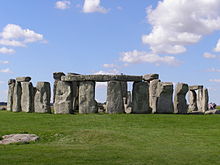
Wooden structures are not nearly as permanent as stone, but some old forts exist to this day …
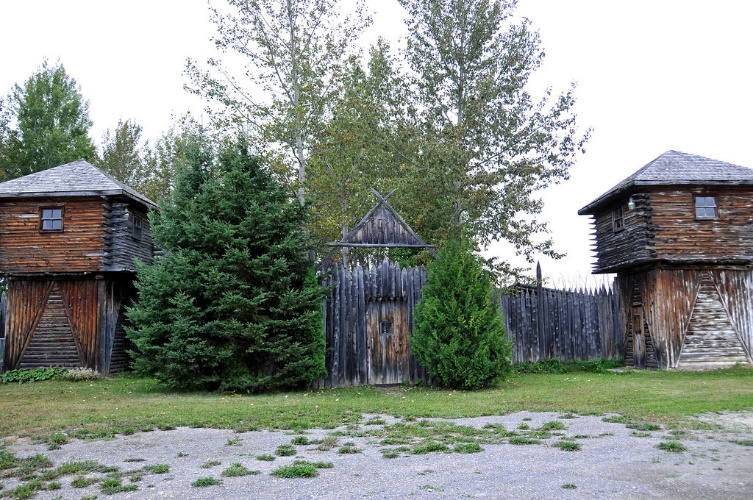
… as do wooden ships.
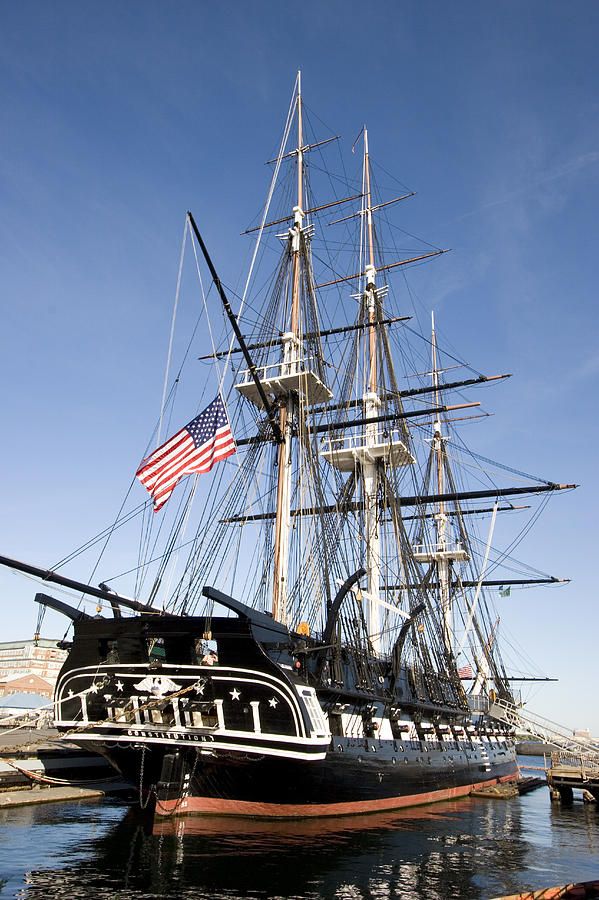
And the geniuses from the Bronze and Iron ages made tools thousands of years ago.
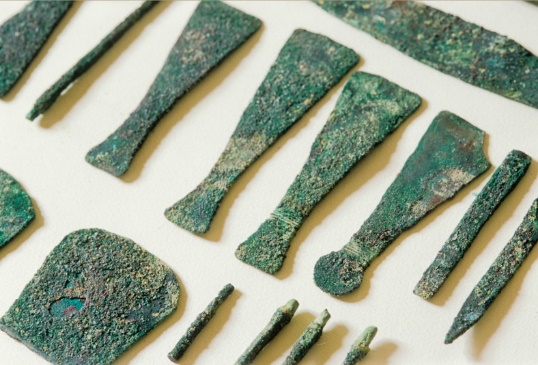
Each of the above examples demonstrates how long some materials can last … or not. Some common and unfortunately deteriorating examples of wood and metal structures are the old barns that populate the U.S.
So what gives? Why are these two-hundred-year-old structures deteriorating so badly?

Part of the explanation is the absence of modern technology. Barn builders of the early 19th century were not able to take advantage of today’s pressure-treated wood that provides a dramatically improved lifetime. But let’s focus on that old rusted roof. Times have definitely changed!
Back in the day, hot-dipped galvanized steel (HDG) was a common building material and was suitable for many applications. However, when we entered the era in which acid rain issues appeared, the performance of HDG was challenged. To deal with the acidic conditions, a new metallic-coated substrate was introduced: Galvalume®. It could easily tolerate most environmental conditions. But bare metallic-coated steel offers no choice of colors. Oh, and then there is the often-forgotten issue associated with the sun hitting a bare metal substrate—the roof gets really hot.
Along comes prepainted metal, a material available in all shapes, sizes, and colors. But what about durability? A great deal of research has gone into the development of metallic-coated steel and aluminum to optimize its corrosion-resistance performance. Aluminum is inherently resistant to atmospheric corrosion, which makes it an excellent building material. Steel is also an excellent building material when it is coated with a sacrificial metallic layer. This metallic layer may be zinc (galvanized steel), zinc-aluminum (Galvalume), or zinc-aluminum magnesium.
Pretreatment companies have been busy developing pretreatments that boost the corrosion resistance of these metals even further. To add even more corrosion resistance, primers are formulated with state-of-the-art pigments to optimize corrosion resistance. There won’t be any rusty roofs and walls when prepainted metal is used.
But what about the performance of the color-coated metal?
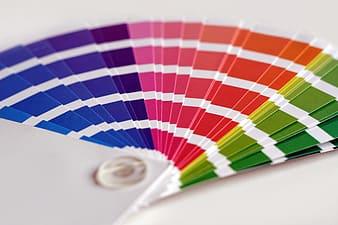
With so many colors to choose from (thousands, not just dozens or hundreds), how is the beauty and durability of each color achieved? Just as with the research poured into substrates, pretreatments and primers, countless hours have gone into studying the resins and pigments—not to mention to additives—that aid in preserving the appearance of prepainted metal.
In the history of stone, metal, and wood building materials, constant evolution has taken place. Early materials were functional, but today’s materials are not only functional and long-lasting, they also offer aesthetic effects that we’ve all come to accept as common. Prepainted metal is anything but common. It is exceptional—in every way.


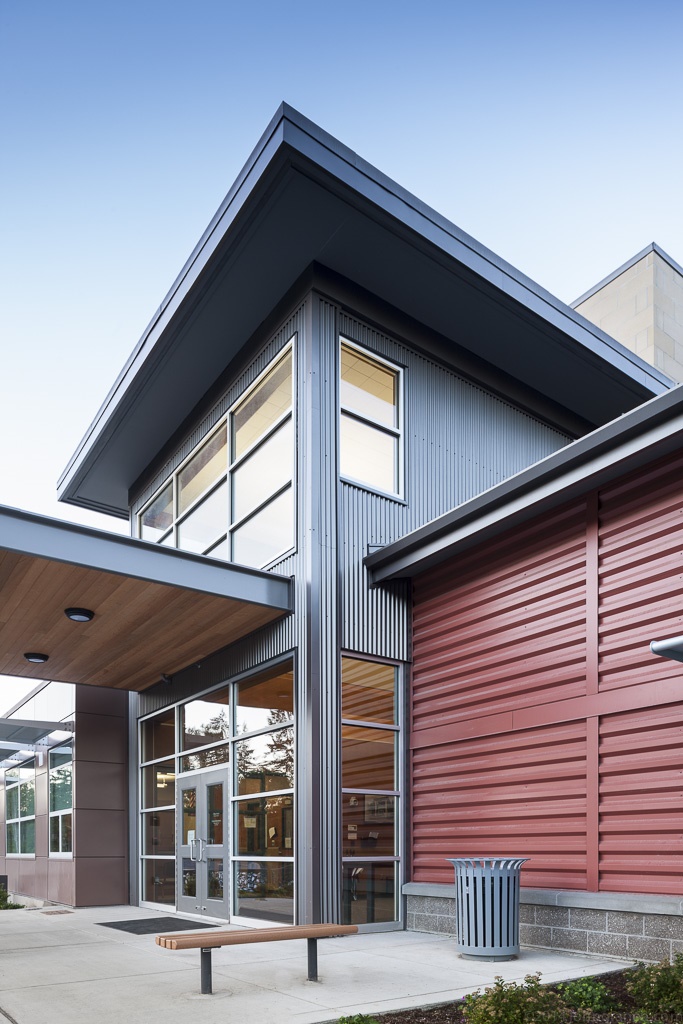
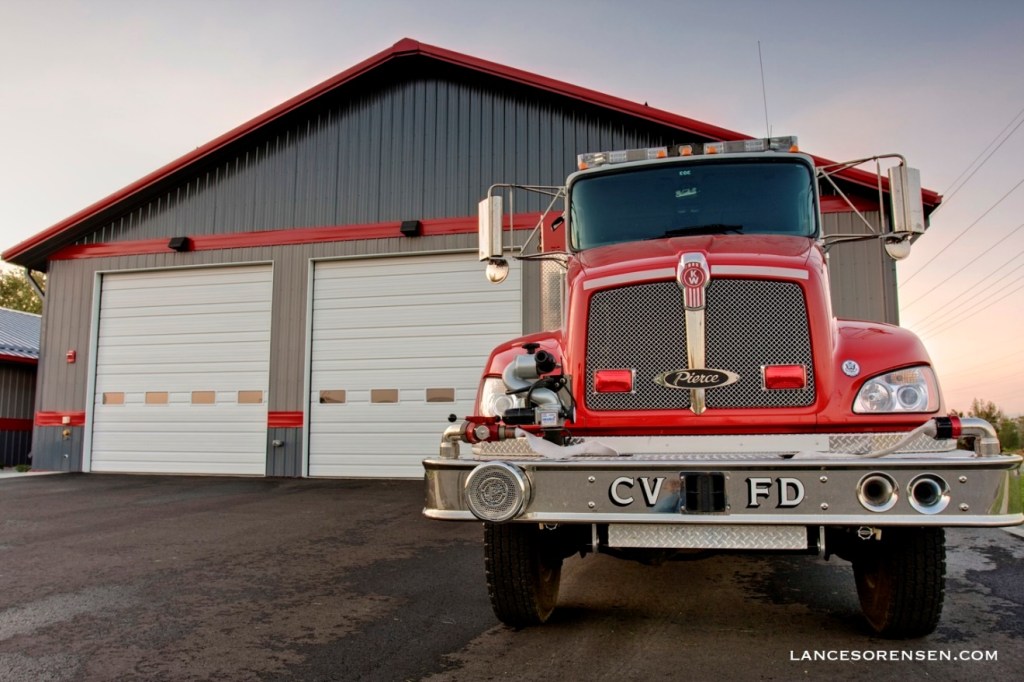
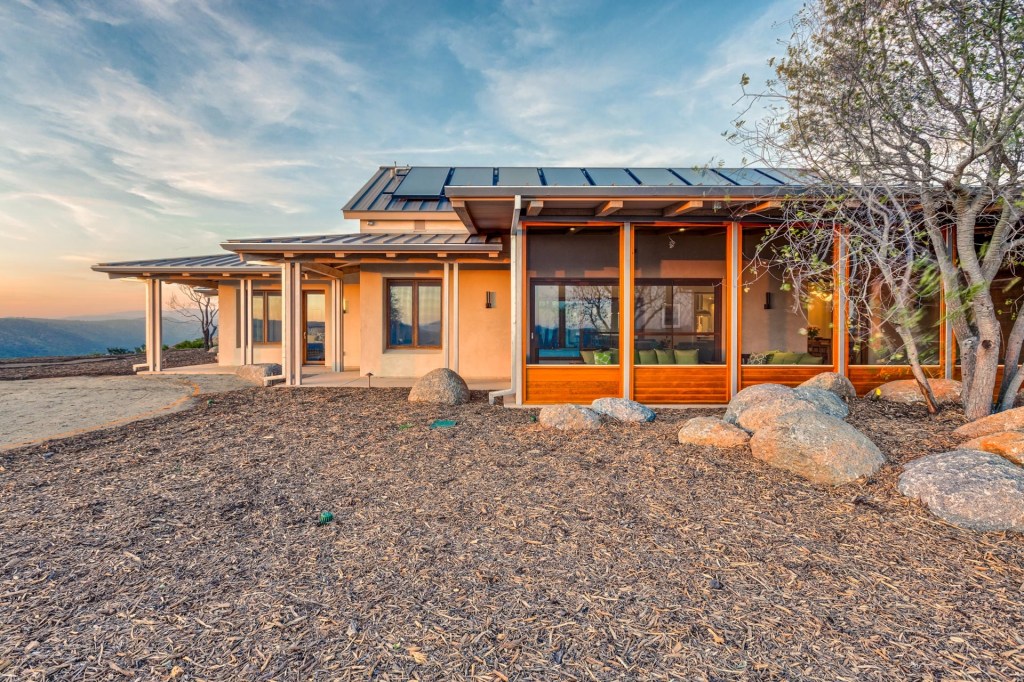
June 25, 2020 at 5:12 pm
Always enjoy and learn something from NCCA’s Coat Notes!
LikeLike